I have read through many recommendations articles, and many StackExchange questions, but haven't come up with any clear understanding as there are many conflicting information out there. The simple question is, should a USB shield be connected to GND? If yes, should it be connected directly, through a resistor, or through a capacitor?
My case: Computer peripheral with a metal enclosure and USB-C connector. The thing however is, I cannot guarantee that everyone will use shielded USB cables to connect the device. Of course, I can make shielded cable a requirement in the manual, but I'd rather be predicting.
What I've read and tried to take into consideration:
- Using metal enclosure as EMI shield (both radiated and received)
- Using metal enclosure as ESD shield (safe ESD path away from the electronics)
- Apparently, some motherboards do have tied GND to Shield on the host end, and some don't



